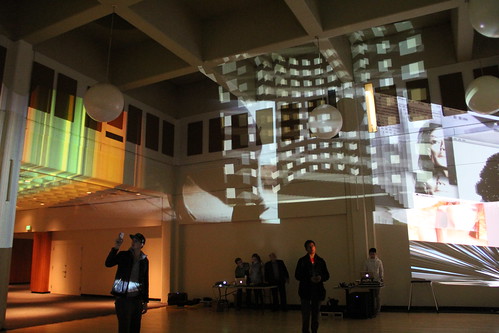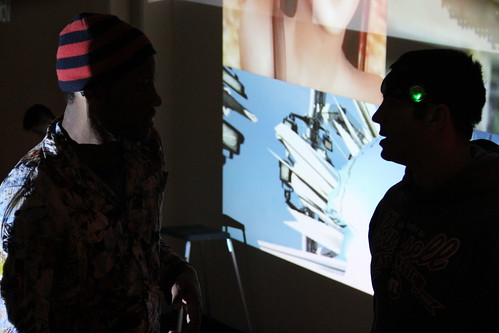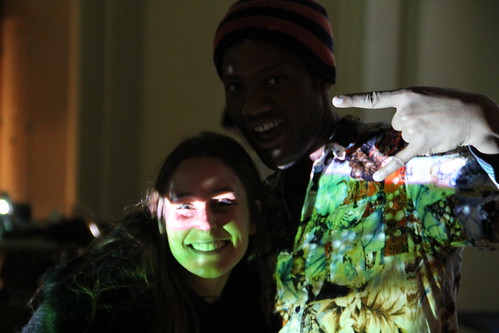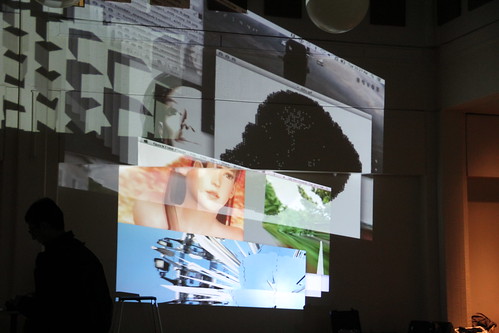I’ll be at Stony Brook University in NY from 2nd-6th March for f(Glitch):
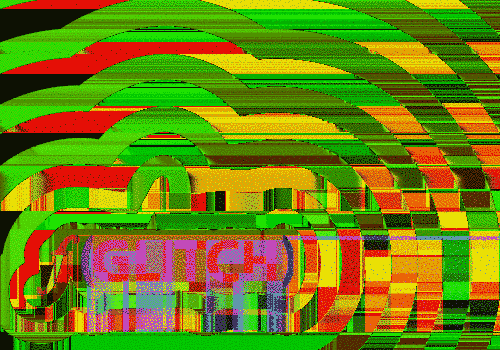
f(Glitch), or The Function of Glitch, is an interlinked series of events that will include an art exhibit at the Simons Center, a theatrical production in the Wang Chapel , a musical concert at the Staller Recital Hall, and a series of colloquia at the Humanities Institute and the Simons Center. It will bring together a wide range of scientists, scholars, and artists to consider the utility of noise, for scientific and humanistic research as well as for artistic production. This is the fourth in a series of large-scale events produced by cDACT (Consortium for Digital Arts, Culture and Technology). Previous events considered sound, space, and data—each a central concept for digital culture—with a broad range of participants from the arts and sciences. We now turn to another crucial topic: error and noise.
The ideal imagined for digital technology is frictionless functionality. But systems have bugs, communication is riddled with distortion and channels are often noisy. Error is not a rare occurrence, but a given. Glitch, broadly defined, introduces unintentional events, artifacts, and interruptions. It can be visual or sonic; it can be imperceptible at ordinary levels, or physically painful to experience. There are glitches in programming, in communication, in architecture and infrastructure. Glitches are a glimpse into the hidden world of technology, exposing the seams in our digital infrastructure. Glitches can be distressing, as in the aesthetic phenomenon known as the uncanny valley, in which almost, but not-quite, accurate digital representations of the human face and form cause revulsion.
Yet these errors can be illuminating, creative and productive. Noise can make our systems stronger and more robust. Distortion can be aesthetically vibrant and revealing. Glitch reminds us that noise can be something to be embraced rather than eradicated, and that the unexpected is often unexpectedly useful.
I’ll be delivering a 30-minute lecture on 4th at Colloquia 1 from around 17:45. Come along, it’s all free!

